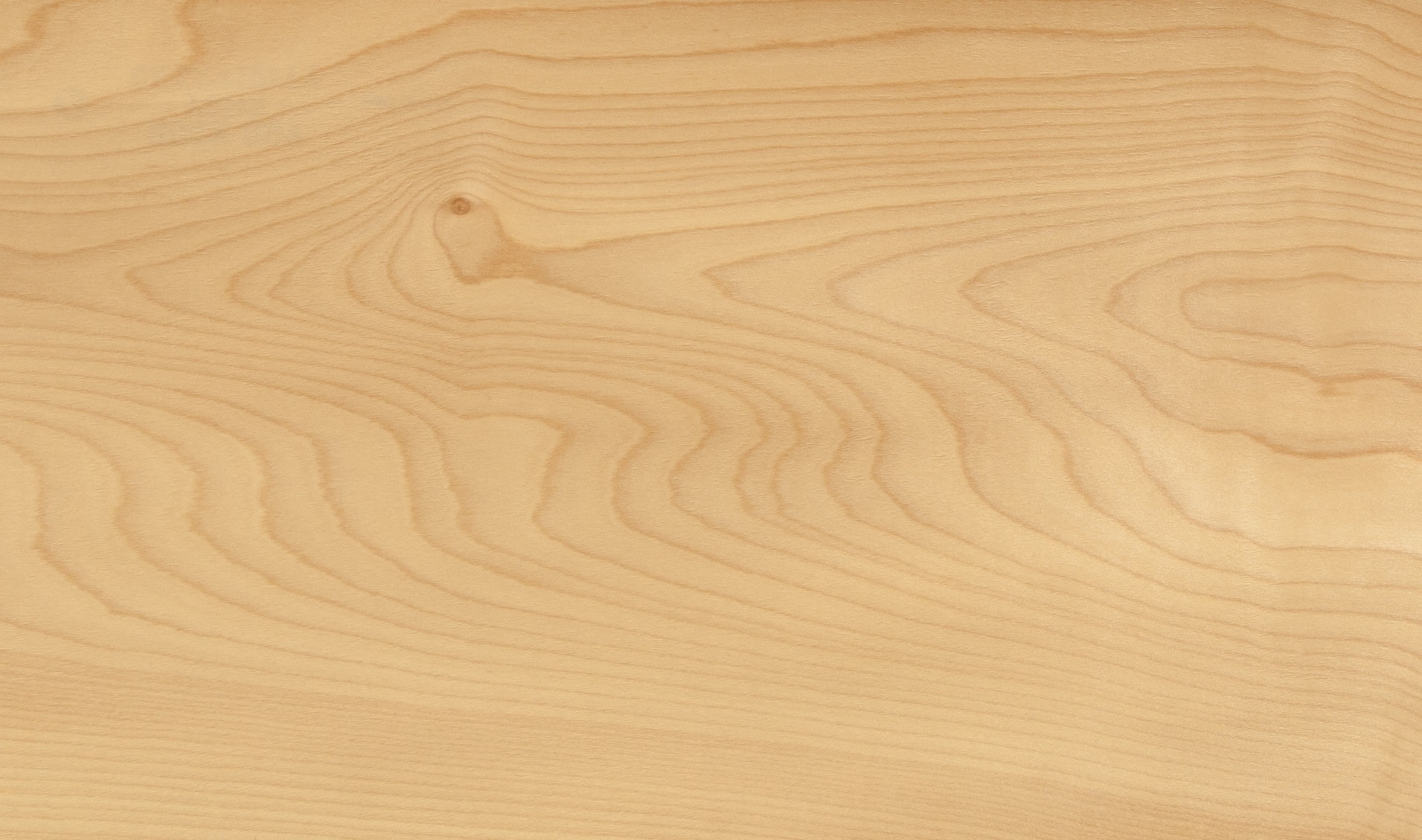
Conifer. Sugar pines have been growing along side of other ancient conifers such as Douglas fir, Ponderosa pine and Western hemlock in the same location of the northwest Pacific coast for thousands of years. Each tree can live for up to 1,000 years. This pine thrives at high elevations and is found in the Cascades and Klamath Mountains of Oregon and the Sierras and Yosemite of California. The sugar pine is a monster: the tallest and broadest of all the pines. Its average height is 200 feet, and its average trunk diameter is 10 feet. Unlike other pines, which resemble poles with sparse shaggy tops, the sugar pine is mightily branched from bottom to top of the trunk with thick, heavy limbs as long as 60 feet each! At the tip of each branch hangs a long, thick, heavy pinecone, often measuring 24 inches long and weighing over a pound. Today the biggest sugar pine measures 270 feet high with a trunk circumference of 348 inches and a branch spread of 68 feet on all sides. It was recorded by the National Register of Big Trees in 1992 and can be visited in Yosemite National Park, California.
Sugar pine is categorized as a soft wood but it is a very hard pine. It gets its name from the resin it produces, which has a sweet taste, unlike that of any other pine. This sugary substance protects the wood from rapid decay. The wood`s original creamy color ages to a fine, even, pale brown tinged with pink. Light in weight with a straight, uniform grain that is unique among pines, sugar pine wood is remarkable for clear, nearly knot free properties. It works well with either hand or machine tools, fashioning easily into smooth, straight surfaces and shapes. It stays in place and has great nailing properties. The wood`s fine textured surface makes for superior finishing and staining. It is also an excellent choice where an ultra-smooth painted surface is desired
Since its discovery in the early 1800`s, sugar pine has been very valuable. It enjoyed its heyday throughout that century when it was used to build homes and most public buildings such as churches and schools and to make the furniture, pews and desks that were used inside of them. The wood`s density, weight and strength made it suitable for structural use while its beauty and ease of workability made it perfect for interior finish work. It has always been popular for cabinetry, for custom furniture making, and for carving and sculpture. Another important traditional use is for making patterns and models for metal casting. Almost all sugar pine lumber is still produced in California, the remainder being milled in southeast Oregon. Because the sugar pine tree is so valuable, it is used entirely for lumber products. Today`s sugar pine wood is sold primarily for fine millwork: for interior and exterior trim applications such as sash, frames and moldings. It continues to be used for foundry patterns, also.
